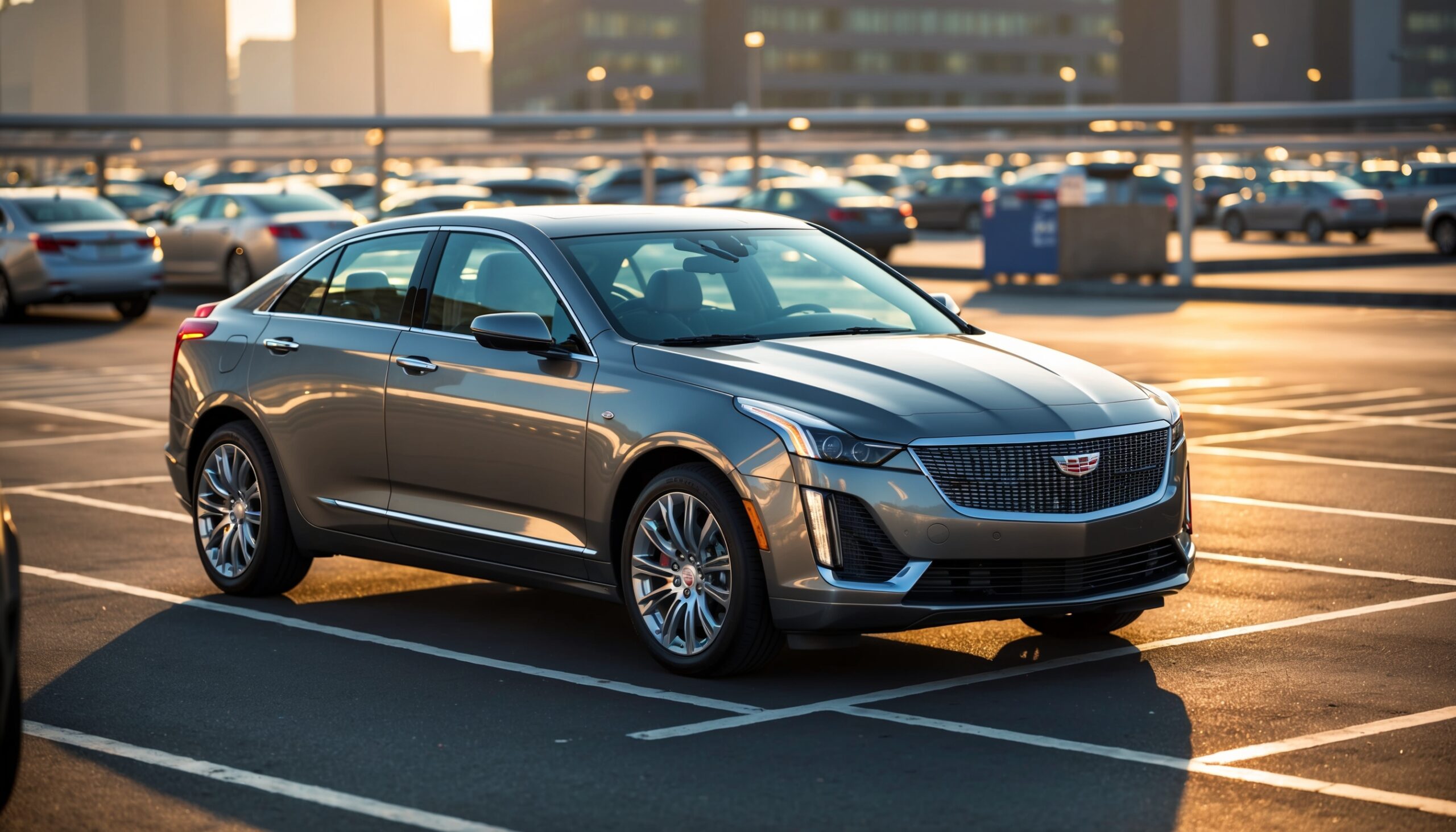Two Mandatory Pitstops in F1? Pirelli Open-Minded About 2026 Rule Change Options
As the 2026 Formula 1 season approaches, the buzz around potential rule changes is growing louder. Among the most intriguing discussions is the possibility of implementing two mandatory pitstops per race. Pirelli, the tire supplier for F1, has expressed an open-minded attitude towards this potential shift, which could greatly impact race strategies and overall competition.
Understanding the Current Landscape of F1 Pitstops
Before diving into the implications of mandatory pitstops, it’s essential to understand the current pitstop dynamics in Formula 1. Traditionally, teams strategize their pitstops based on tire wear, fuel load, and track conditions. Most races see drivers making one or two stops, but the decision is typically driven by the nuances of each race rather than a fixed rule.
Also Read: Here’s why so many NASCAR Cup tires are suddenly failing at Phoenix Raceway
- Single Stop Strategies: Many teams aim for a single stop to maximize track position, especially if they start from the front.
- Two Stop Strategies: Others may opt for two stops to take advantage of fresher tires, allowing them to push harder during the race.
- Variable Weather Conditions: Rain or changing track conditions can dramatically alter pitstop strategies, adding an unpredictable layer to races.
In the current setup, teams have the flexibility to devise their strategies, which adds to the excitement and unpredictability of each race. However, with discussions around mandatory pitstops, we could see a significant shift in how teams approach race day.
The Rationale Behind Mandatory Pitstops
So why is the idea of two mandatory pitstops being considered? There are several factors at play:
- Increased Safety: With the introduction of mandatory pitstops, teams would be forced to change tires more frequently, potentially reducing tire-related accidents.
- Enhanced Strategy Complexity: Pit strategies would become more complex, allowing teams to experiment with different tire compounds and strategies.
- Promoting Tire Performance: Pirelli has always aimed to create tires that promote exciting racing. Mandatory pitstops could lead to more opportunities for overtaking as drivers on fresher tires catch up to others.
In essence, the argument for mandatory pitstops revolves around enhancing the spectacle of F1 racing and ensuring that no race becomes a procession based solely on track position.
Pirelli’s Perspective on the Change
Pirelli has been at the forefront of tire technology in Formula 1 for over a decade. Their experience and data collection provide valuable insights into tire performance and degradation. According to Pirelli, the introduction of mandatory pitstops could lead to a more dynamic race environment.
When discussing potential rule changes, Pirelli’s representatives have stated that they are open to exploring various options. The tire manufacturer understands the impact such changes could have on the teams and how they approach their race strategies.

Impact on Team Strategies
If two mandatory pitstops become a reality, teams will need to rethink their approach to race day. Here are some potential impacts on team strategies:
- Tire Selection: Teams will need to select tire compounds that can withstand the rigors of a race while also managing their performance over shorter stints.
- Fuel Management: With one less focus on tire wear, teams may shift their attention to fuel management, leading to different racing styles.
- Driver Dynamics: Teams may need to reconsider driver pairings based on how they handle tire management and pitstop execution.
This shift could create a more level playing field, where drivers’ skills in managing tires and executing quick pitstops become critical to race success.
Challenges of Implementing Mandatory Pitstops
While the potential benefits are enticing, implementing two mandatory pitstops is not without its challenges. Here are a few hurdles that the FIA and teams might face:
- Logistical Issues: Teams may struggle with the logistics of planning for two stops, especially if unforeseen circumstances arise during the race.
- Impact on Race Flow: Mandatory stops could disrupt the natural flow of racing, potentially leading to less thrilling moments on track.
- Fan Reception: While some fans may welcome the idea, others may prefer the traditional strategies that have defined F1 races for decades.
Addressing these challenges will require careful planning and communication among the teams, FIA, and Pirelli to ensure that the new regulations enhance the sport rather than detract from its allure.
The View from Teams and Drivers
As discussions around this potential rule change continue, reactions from teams and drivers have been mixed. Some drivers have expressed enthusiasm about the prospect of more dynamic racing, while others have voiced concerns about the impact on their current strategies.
- Support from Drivers: Some drivers believe that mandatory pitstops could lead to more exciting overtaking opportunities and close racing.
- Concerns from Team Principals: Team principals have raised concerns about how mandatory pitstops will affect their race strategies, especially if they are forced to make decisions based on regulations rather than real-time race conditions.
Ultimately, the drivers and teams will have to adapt to the new rules, just as they have throughout the history of Formula 1. It’s a sport built on constant evolution, and this could be the next step in that journey.
Comparing F1 to Other Racing Series
Interestingly, other racing series have implemented mandatory pitstops with varying degrees of success. For example, the World Endurance Championship (WEC) mandates pitstops for refueling and tire changes, leading to exciting strategic battles among teams. In contrast, NASCAR has its own unique approach with frequent cautions that often lead to strategic pitstops.
Also Read: Final 2025 NASCAR Cup Series championship standings
Formula 1 is renowned for its unique blend of speed, technology, and strategy. If they were to adopt mandatory pitstops, it would be interesting to see how this influences racing styles compared to other series.
The Future of F1 Regulations
As we look toward 2026, the landscape of Formula 1 is poised for significant changes. The introduction of two mandatory pitstops is just one of many discussions happening behind closed doors. Pirelli’s open-minded stance on the issue reflects a broader willingness within F1 to innovate and adapt to keep the sport fresh and exciting.
With ongoing discussions among teams, drivers, and governing bodies, it’s evident that the future of F1 will be shaped by collaborative efforts to enhance competition while preserving the essence of what makes racing thrilling.
What Fans Can Expect
For fans, the prospect of two mandatory pitstops could inject new excitement into races. It opens the door for unpredictable outcomes, strategic battles, and perhaps even a return to the chaotic, thrilling races of yesteryear. Fans might witness teams making daring decisions on tire choices and pit timings, leading to nail-biting finishes and unexpected winners.
Moreover, as F1 continues to evolve with the introduction of hybrid technology and sustainability initiatives, mandatory pitstops could align well with a push for more strategic and environmentally conscious racing.
Keeping the Spirit of F1 Alive
As the conversation around mandatory pitstops continues, one thing remains clear: the spirit of Formula 1 is about competition, innovation, and the pursuit of speed. Any rule changes must serve to enhance these core values, ensuring that F1 remains the pinnacle of motorsport.
Whether you’re a die-hard fan or a casual observer, the upcoming changes offer a tantalizing glimpse into the future of racing. As we await the final decisions from the FIA and Pirelli, it’s an exciting time to be part of the F1 community. Stay tuned to Torque Feed for the latest updates, insights, and analyses as we navigate the thrilling world of Formula 1 racing.












